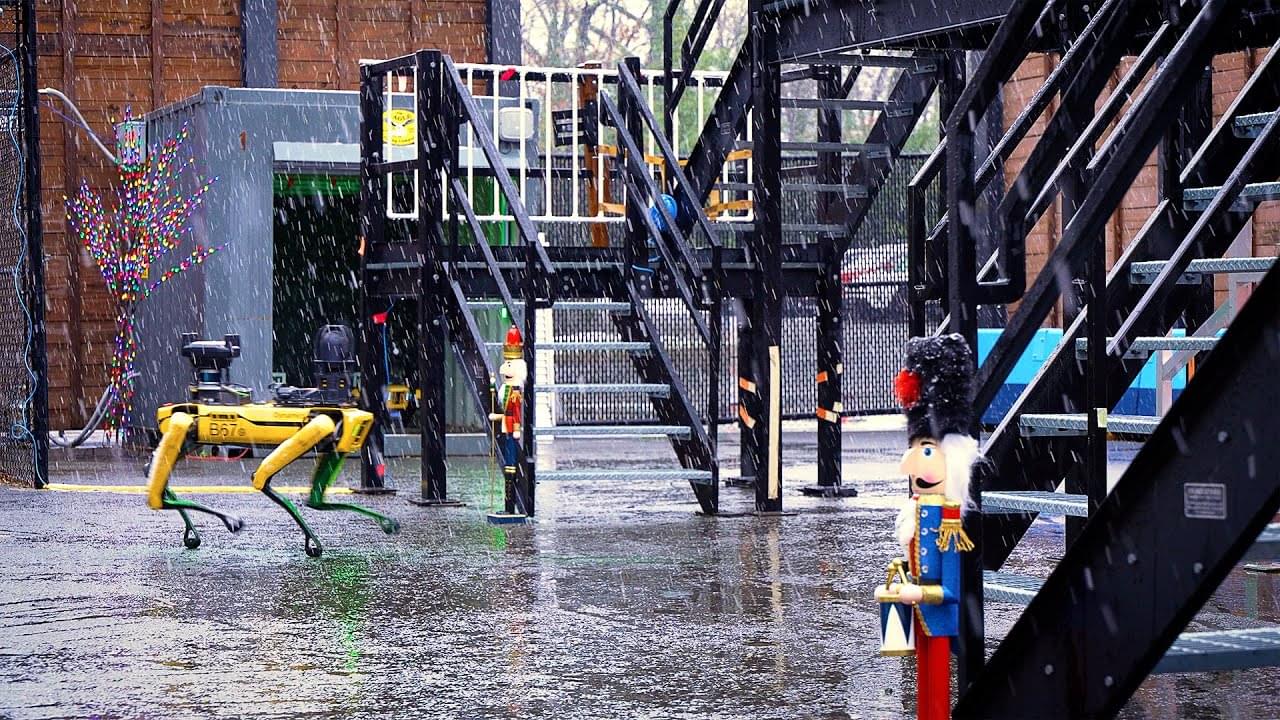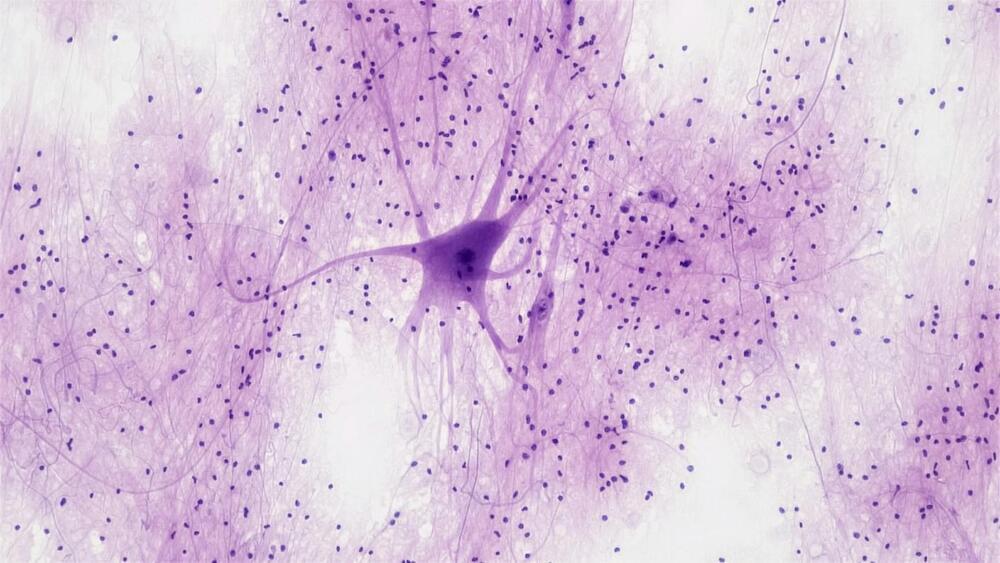Dec 23, 2024
Scientists close to creating ‘simple pill’ that cures diabetes
Posted by Shubham Ghosh Roy in categories: biotech/medical, neuroscience
Cytomegalovirus (CMV), which causes a cold-like illness, can be spread in the same way as other viruses from person to person through body fluids such as blood, saliva and urine.
But the infection is present in up to 45 per cent of Alzheimer’s cases, US scientists have claimed.
Some people exposed to the bug may develop a chronic intestinal infection, allowing it to enter the bloodstream and travel to the brain.


















